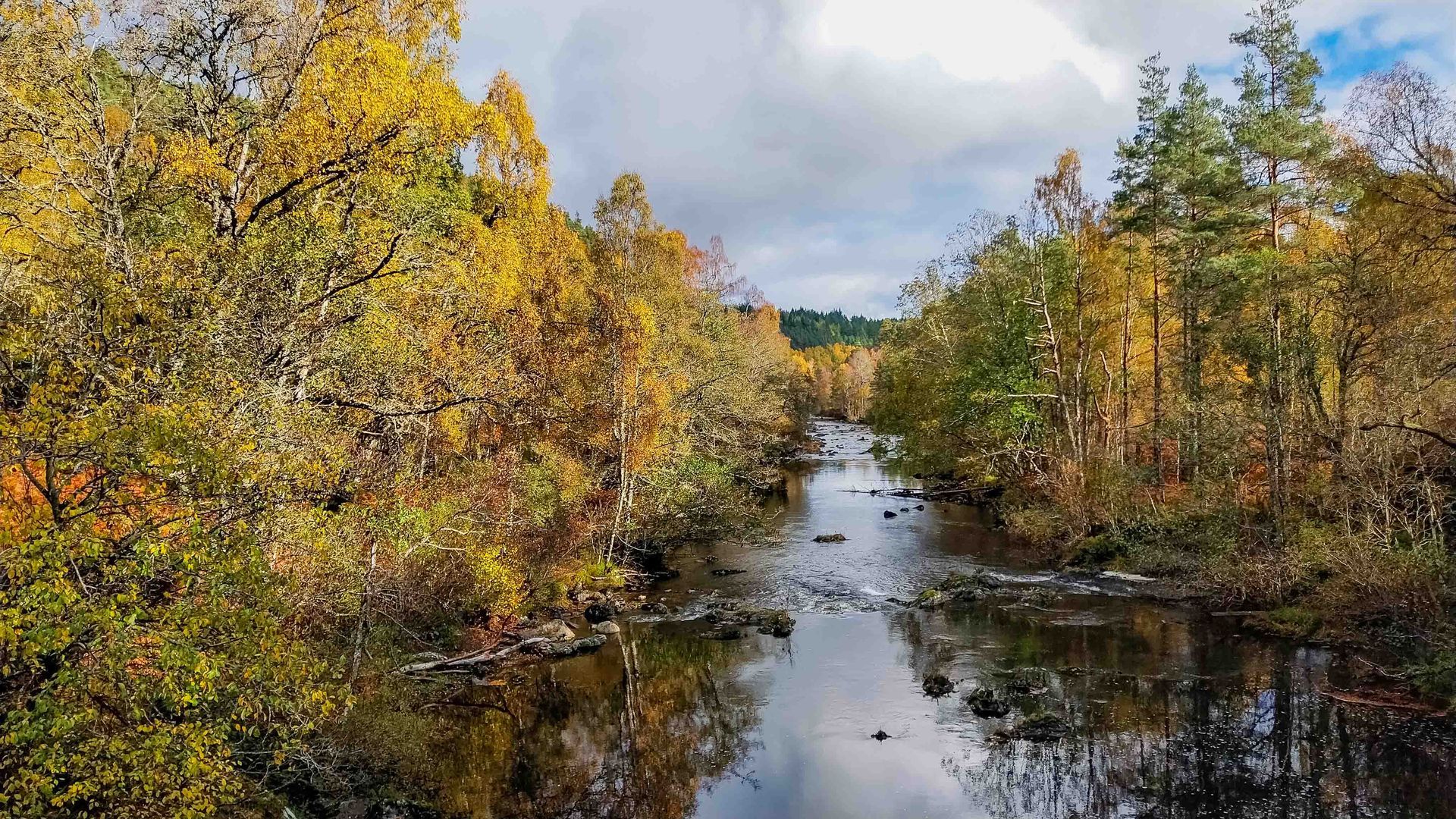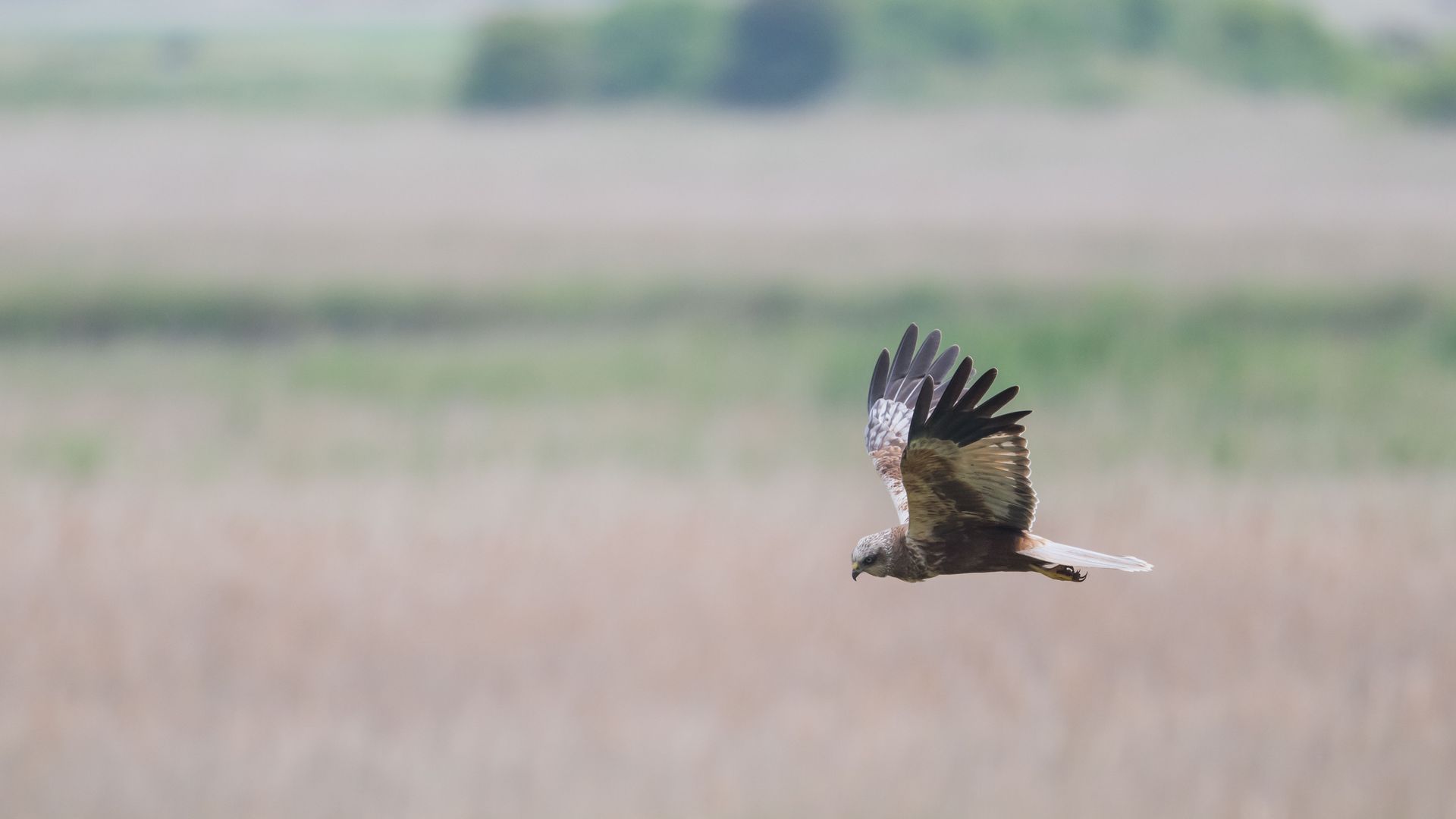Panshanger Park In Summer
Morning stroll identifying butterflies, dragonflies and damselflies
In mid-June I visited a friend up in Hertfordshire and we enjoyed a lovely morning stroll around the lakes at Panshanger Park in the Mimram Valley. Luckily for her, it was walking distance from her home and had been the place she frequented regularly during lockdowns to get some exercise and, like so many of us, to seek solace in the arms of nature.
Panshanger Park covers roughly 1,000 acres of countryside owned by Tarmac who have been “sensitively quarrying” sand and gravel since the 1980s. Now the extraction is complete, a large area has been turned into a country park and nature reserve for the public to enjoy. Tarmac manages the park in partnership with Herts and Middlesex Wildlife Trust and Herts County Council.
We set off in the warm summer sunshine, but like many a British summer's day, it became overcast soon after arriving. Despite this, we saw a good number of butterflies, though I daresay there would’ve been more had the sun not been obscured so much.
That morning we also saw a Small Tortoiseshell, Red Admiral, a few Small Whites, a Skipper of some description, which didn’t settle long enough for a photograph or for identification, and a couple of Ringlets. The latter can easily be mistaken for Meadow Browns near woodland edges, as I did that morning, at first.
Our main focus throughout the morning was actually watching the numerous dragonflies and damselflies that could be seen around the various bodies of water. It was quite fun trying to identify each species we saw, based on the knowledge I already had, but helped by the noticeboard nearby. We successfully managed to ID four of the species seen. Later, studying my photographs further and using my reference book, I was able to ID five other dragons and damsels (informal), including two more species. I enjoy the process of investigation and this is how my knowledge has gradually increased over time. I still have much to learn! Luckily for me, I have a few friends who have also helped me!
For those less familiar with identification, dragonflies tend to be larger than damselflies. The latter are much smaller and more dainty looking. Generally speaking, you’ll find the majority of dragonflies rest with their wings open, whereas damselflies rest with their wings either closed together or parallel to their abdomen. However, there are a few exceptions to the rule. For instance, the Willow Emerald Damselfly rests with its wings open.
Considering how small the pond was, it really was supporting an abundance of insects. From the viewing platform we could see lots of damsels. On the far side, which was inaccessible, a male Banded Demoiselle was flying around. Since I only had my macro lens, I didn't even try to take a photo. It’s a striking species with a gorgeous blue-green metallic body. Only the males have the thick dark band on the wings.
I hadn't paid a huge amount of attention to the birds in the trees as we walked around the park – we were too busy chatting! However, when we left that first pond I heard a very distinctive loud call – five successive notes, “On-the-mat-I-pee!” Well, that’s at least what it sounds like to me and what helps me remember it! It was one of the first bird calls I learned and not even one you hear often, but it’s so distinctive. It’s the call of a Cetti’s Warbler. The first day I heard it I was lucky enough to see this elusive bird, just as it was calling, so I’ve always remembered it. We weren't so lucky on this outing!
Around midday the wind had picked up and there was a short spell of light rain. It was a good time to end our nature walk and head back to the house for some lunch. I was amazed by how much we had seen and there was still one more treat for us on the way back. A small Muntjac Deer ambled across the quiet road a fair distance ahead of us, pausing briefly to glance our way before slipping into the dense vegetation and out of sight. It’s the first time I’ve seen one in the wild. My camera wasn’t handy, but sometimes you don’t need one to hold a memory in your head.
I was a little envious my friend could just walk to Panshanger Park when she felt like it. Having an abundance of wildlife on your doorstep is definitely something to be grateful for. I could see exactly how it was a wonderful escape from the craziness of the last few years and would continue to be for her, and many others, in the years to come.



